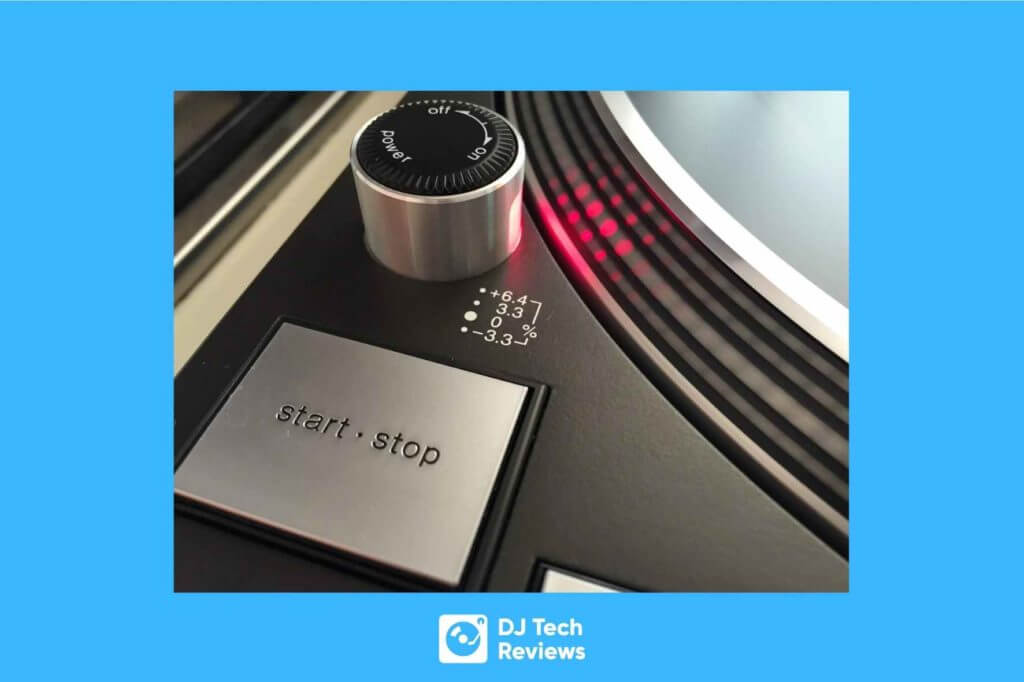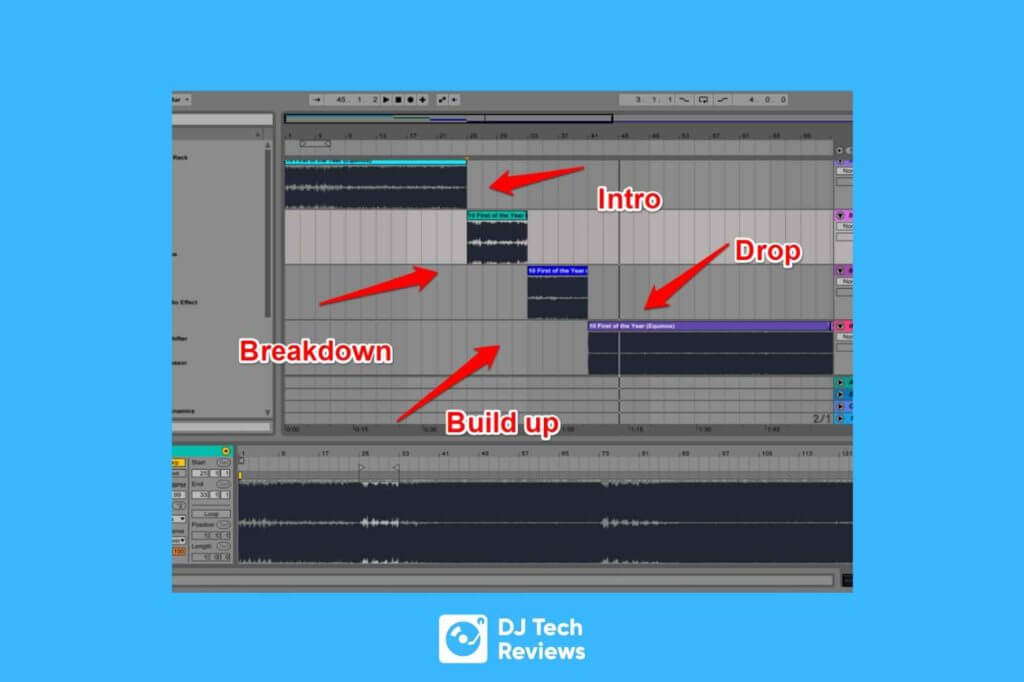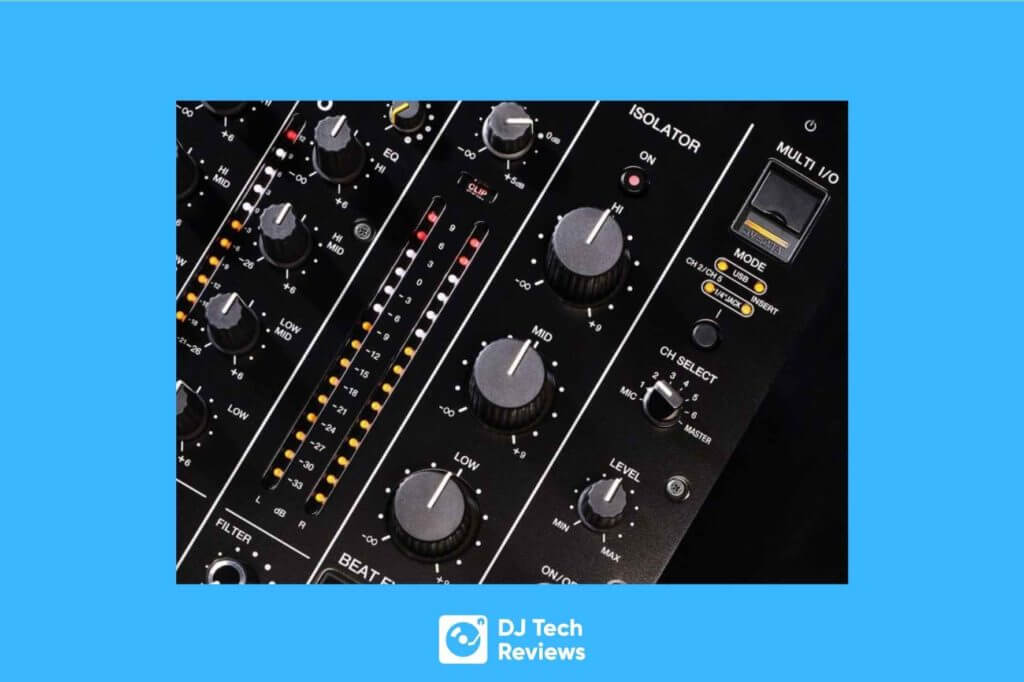For DJs that are growing their skills, it’s vitally important that you have a firm grasp and understanding of the basics DJ techniques.
Knowing how to beatmatch, scratch, and transition between two songs (even if it’s your first time hearing either of them) is an essential first step that all DJs must take before they can expect to be taken seriously.
If you’re not quite there yet, that’s entirely ok.
It just means that you’re going to need to spend a bit of time further honing and developing your dj mixing skills.
Consider bringing a friend over and using them as an impartial gauge of how you sound while performing.
Once you have managed to grasp the basics, and can reliably perform a standard set without much issue, it’s time to learn a few specific techniques that will take your DJ performance to a whole new level.
Below, there are six of the most popular techniques performed by DJs today.
When properly mastered, these skills will completely boost the quality of your DJ sets, putting you on the fast track to having your performance taken seriously to the point where you can even consider more professional gigs.

Read this next: DJ Performance Tips (Making Your DJ Show LIT!)
DJ Technique #1. The Spinback
The first DJ mixing technique you’ll want to try out is what’s known as the “spinback”.
This mixing technique can be more than a little dramatic when used to mix between two tracks. It’s a particularly useful technique when the two separate songs are noted for being especially different tonally to the point that they can’t even be masked using EQ filtering.
The spinback technique works by drawing attention away from the two tracks’ different EQ levels so that it isn’t especially noticeable.
For example, if one track has a strong low-end bass while the other focuses more on its mids and highs, the spinback technique can be used to transition and mix into either track without the audience paying too much attention to how different they are.
How To Perform
To perform a spinback, first, you’ll need to beat match the two tracks like normal.
Then, once you are on the final bar of track A and just about to mix in track B, immediately stop and backward spin track A.
Then, at the same time as you’re backward spinning track A, snap the crossfader over to track B so that it comes in at that final beat.
By performing this correctly, you’ll have the very last beat for track A being reversed while directly cutting into track B for the seamless transition.
Ideally, when doing this, track B should have a particularly strong beat to smooth over the transition as much as possible.

Read this next: What is Phrasing in DJing (DJ Phrasing 101)
DJ Technique #2. Dead Stop
The next DJ technique up is the dead stop technique.
Here, it works fairly similar to the spinback, only instead of reversing track A for the seamless transition to track B, you’re instead going for a hard stop using the “stop” button.
Functionally, it works fairly the same only with greater upsides and much harsher downsides depending on if you get the timing right.
How To Perform
To perform the dead stop technique, as mentioned earlier, you will wait right until the moment when you need to transition over to track B.
Then, just as you hit that last bar for track A, hit the “stop” button before immediately cutting over to track B.
This is much more difficult than the spinback since it largely revolves around knowing when your deck’s platter will stop once pressing the button.
Generally, if you’ve got a good quality deck, the timing is around a second, though you’ll want to time it out a few times just so you’re certain.

Read this next: Essential DJing Transitions (Made Simple!)
DJ Technique #3. Power Cut
Next is the power cut technique.
This is not too far dissimilar from the dead stop technique, with the one real exception being that, rather than a hard stop, you’re going to gradually slow track A down before turning off and switching to track B.
How To Perform
Like the dead stop technique, you are going to wait until that final beat for track A.
Then, rather than hitting the “stop” button, you instead cut the power entirely from the deck, making it seem like there is a power outage.
Then, just as next track A fully dies out, jump right into track B.
This is an incredibly lively DJ technique that I’ve used to get a rise out of my crowd just about every single time.
Keep in mind that it’s even more timing-sensitive than the dead stop technique, as you’re perfectly timing when to start and when to cut the power.
If you don’t get the timing right, you’re going to have off-balance DJ energy for the rest of the night. (Believe me!)

Read this next: Sync Button (Using Beat Sync Whilst Djing)
DJ Technique #4. Using Breakdowns
The breakdown technique works by waiting for the track’s beat to drop out only to then jump over to the second track during that brief interlude between beats.
If you can execute this properly it can be very satisfying.
How To Perform
To perform the next track breakdown technique, you’re going to first need to make sure the two tracks are at least somewhat compatible with each other.
This means the intro for track B should be around the same tempo and sound as the breakdown of track A.
Once you’ve picked the right DJ set of tracks, play track A like normal.
As you reach the breakdown point (where the beat drops out) for track A, bring in track B so that the two songs are playing simultaneously.
Then, once the breakdown is over for track A, immediately shift entirely to track B.
If you do this correctly, the sound should be very seamless and flow incredibly well. If not, it can come across as a bit jumbled and disjointed.

Read this next: Top 10 Best Traktor Tips To Improve Your DJ Sets
DJ Technique #5. EQs
Next up, there’s EQ harmonic mixing.
Based on the type of mixer you have for your DJ setup, you may either only be able to EQ mix both tracks at once or mix separate channels entirely.
Unlike the first four techniques, EQ mixing isn’t so much a “technique” as it is a general method of transitioning outside of using the crossfader alone.
This can include things like killing the bass for one track only to build it up in another.
This is great for tracks that are only slightly out of key, but one either starts or ends with a strong bassline.
Check out our article on EQ mixing for more depth:
Using EQs on a DJ Mixer (Nailing This Vital DJ Skill)
DJ Technique #6. Mixing in Key
This is definitely a more recent DJ technique. Mixing in key or harmonic mixing has been brought about by the evolution of DJ software.
DJ software can now cleverly identify the musical keys through which the tracks are produced. This then allows the DJ to track and classify the tuning key by key which makes it easier to mix them.
It may sound a bit complex but is actually a very easy technique of DJ mixing to master. The results can be exquisite as well.
We go into detail about this DJ technique in these further articles on the topic:
How Mixing In Key Can Seriously Improve Your DJ Game
Using a Camelot Wheel as a DJ (Does it Really Work?)
Practicing DJ Techniques
While we’ve gone over these five DJ techniques, remember that you’re only going to be able to take full advantage of them AFTER you’ve managed to master the basics of DJing.
Trying to perform them without first developing a solid foundation is either going to lead to you getting frustrated and quitting or embarrassing yourself if done in front of a crowd or audience.
If you’re not sure if your current skills are up to snuff, consider some of these different methods. Not only will they be a great way to determine where you’re at, but they will also help you get better, even if you’re already good enough as it is.
Method #1. Record Your Sets
This is somewhat similar to the “ask a friend” option briefly mentioned earlier.
Generally, most DJ software options should also have a way to record your performance. No matter how you do it, once you’ve recorded your performance, take a listen and see how you sound.
By playing it back from a third-party audience perspective, you can more accurately determine what works and what doesn’t with your music.
While I do personally prefer asking a good friend to objectively listen in, with recordings as a great way to verify and supplement their stance, if you’re on your own or suspect your friends won’t be as brutally honest as they need to be, recording is a great and immediate way to spot where you can improve.
Method #2. Listen To DJ Mixes
The next way to fine-tune your performance, both with the basics as well as overall, is by listening in to other DJs and their mixes, particularly ones with the same style as what you’re trying to put out.
By listening to other DJs, you can both add some interesting combinations to your works, but if you’re already trying the first method of recording yourself, you can see exactly where you stand in relation to other DJs out there in the same type of performance as you.
Method #3: Practice, practice, practice
“Here we go again”, you must be thinking!
Yes, I know we go on and on about practicing hard. We really do try and drill into our readers the importance of practice. Practicing these skills over and over again will create habitual patterns in your brain and all of these techniques will ultimately become natural to you.
Like riding a bike.
‘Fire and wire’ these core DJ techniques into your brain. That is what you should be aiming for.
Practice really is the key element to your progression and growth as a DJ.

Read this next: What Do I Need To DJ Outside? (Outdoor DJ Setup Guide)
Popular DJ Techniques: Takeaway
It’s important that, once you’ve understood the basics and know the general way to mix tracks, you attempt to experiment and play with some more advanced and specialized DJ techniques.
Also, it’s important to remember that there are no absolute rules when it comes to DJing and what works with what.
Between the different tracks being used, the way the crowd is feeling that day, and even how the EQ is DJ set for either song, what may work one day and get everyone on their feet may be a bit “ho-hum” the next.
Master these techniques, learn which transition works best at which time, and be amazed at just how impressive you’ll be regarded as a DJ.




